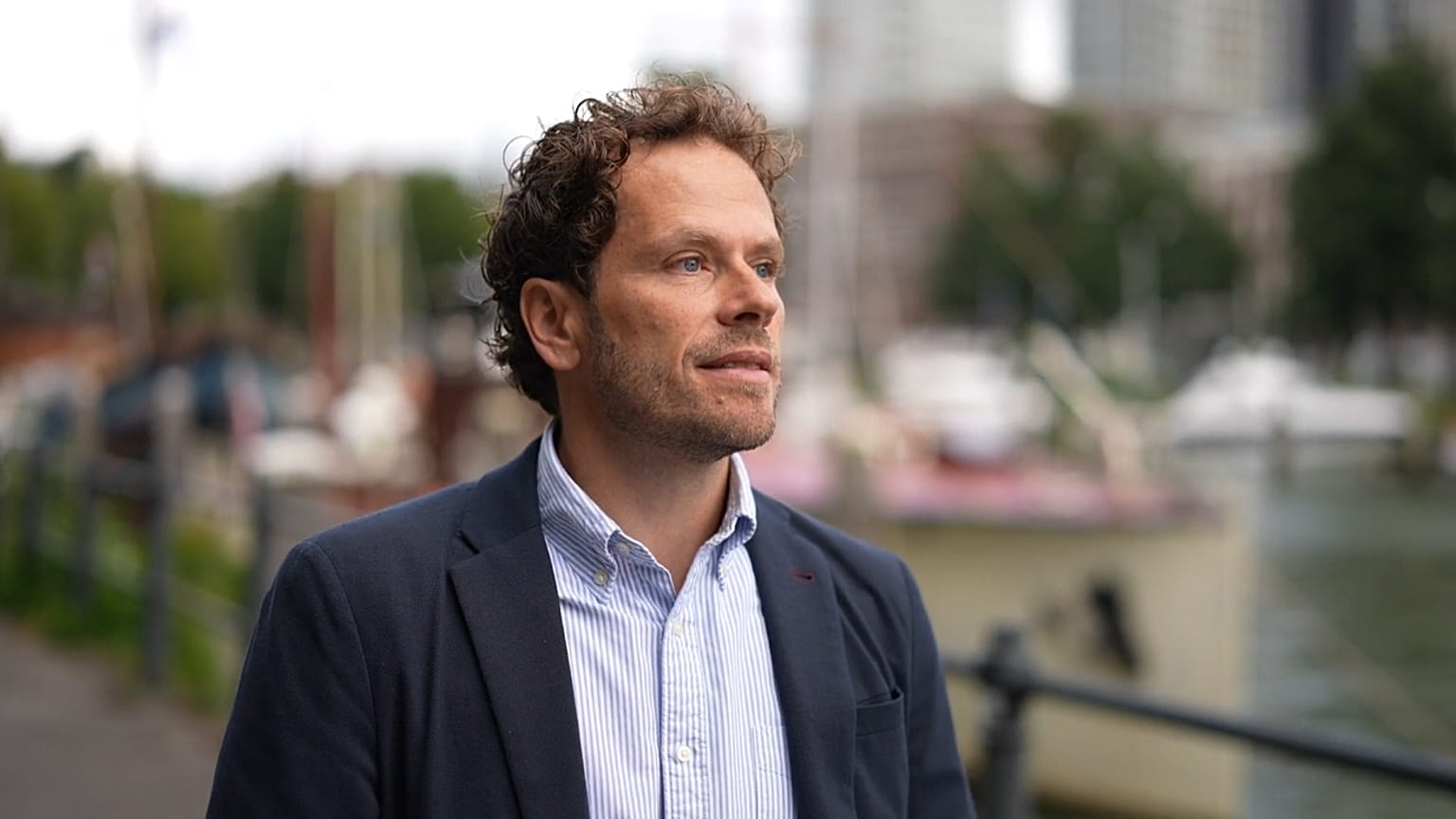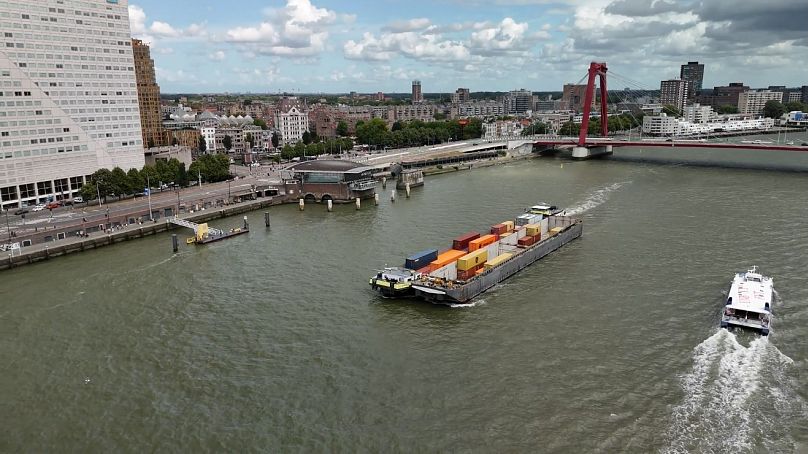The maritime industry is very important in the North Sea region, and the sector is a major contributor of CO2 emissions. The cross-border Zero Emissions Ports North Sea project explored solutions to decarbonise shipping.
Five partners from Sweden, Denmark, the UK, and the Netherlands got together to help ports in the North Sea region make the transition towards clean and green shipping in the cross-border project Zero Emissions Ports North Sea (ZEM Ports).
“The emissions by maritime shipping do not stop at the border. It's a problem for the whole North Sea region and we need a joint strategy, we need joint knowledge, we need joint technology to solve this problem,” explains Daan Geraets, the national contact point in the Netherlands for Interreg North Sea, the European Union funding program that co-financed ZEM Ports.
According to Geraets, it was no surprise that the project was done in the North Sea region.
The main achievements of the Zem Ports have been the launch of two hydrogen-powered vessels for inland transport, H2 barge 1 and H2 Barge 2, by the project partner Future Proof Shipping. This Dutch company converted two diesel-powered barges to run on green hydrogen, so that they no longer release CO2.
The project also developed a mobile refuelling station for hydrogen, and a training programme showing how maritime workers can work safely with hydrogen.
In Denmark, the partners explored how ports can charge battery-powered ferries more efficiently.
For Geraets, the project was a success.
















